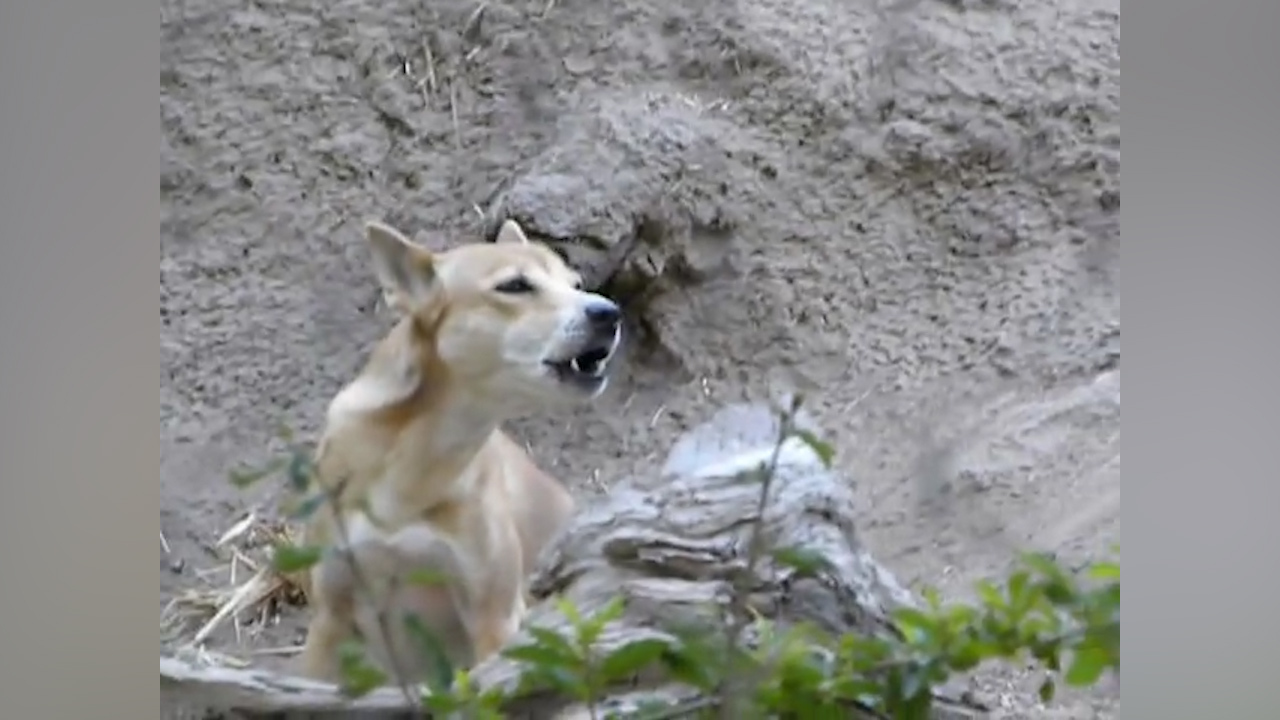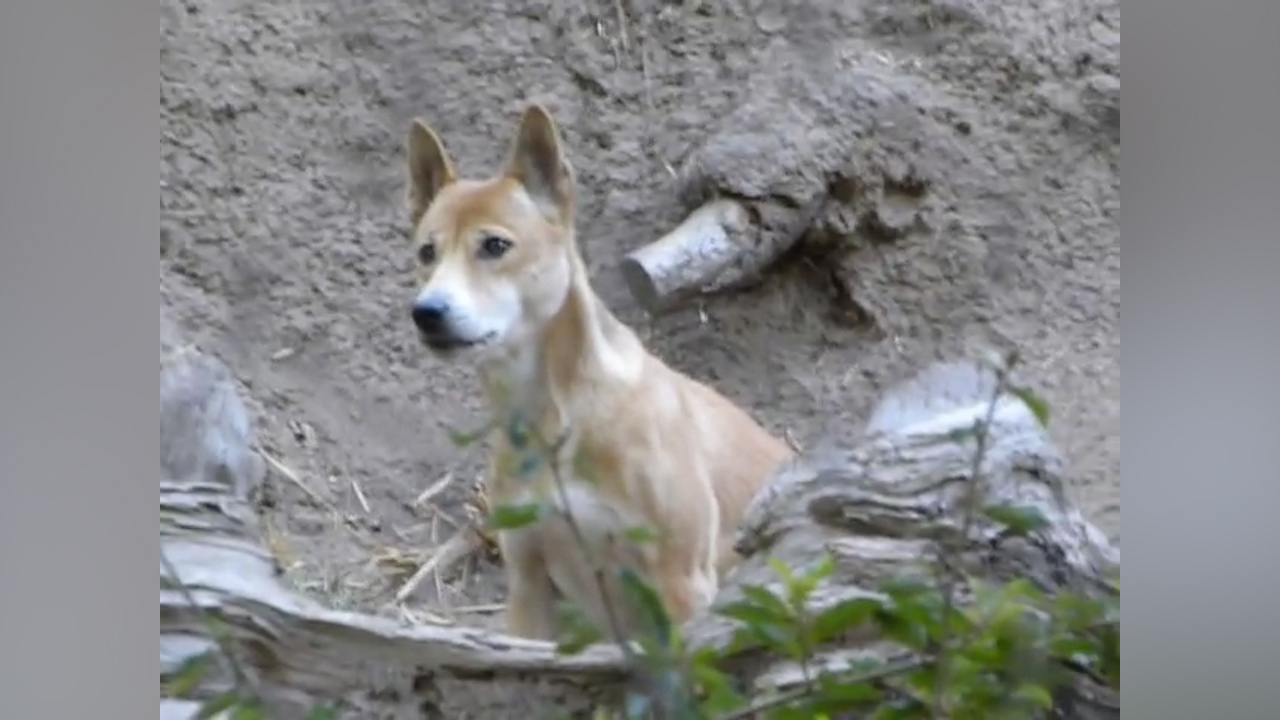The New Guinea singing dog, an extremely rare breed, is best known for its unique barks and howls – it's able to make harmonic sounds that have been compared to the calls of a humpback whale.
Only around 200 captive singing dogs live in conservation centres or zoos, the descendants of a few wild dogs captured in the 1970s. The animals are severely inbred due to a lack of new genes.
None had been seen in their natural habitat for half a century until 2016, when an expedition located and studied 15 wild dogs in the remote highlands of the western side of New Guinea, known as Papua, in Indonesia.
READ MORE: 14,000-year-old puppy had wooly rhino skin in its stomach

A new expedition returned to the study site in 2018 to collect detailed biological samples to confirm whether these highland wild dogs truly are the predecessors of the singing dogs.
A comparison of DNA extracted from blood collected from three of the dogs suggested they have very similar genome sequences and are much more closely linked to each other than any other canine, according to research published on Monday in the journal PNAS.
While their genomes weren't identical, the researchers believed the highland dogs are the wild and original New Guinea singing dog population, with the difference down to physical separation for several decades and inbreeding among the captive New Guinea singing dogs.
"They look most related to a population of conservation biology new guinea singing dogs that were descended from eight dogs brought to the United States many, many, many years ago," said Elaine Ostrander, a distinguished investigator at the National Institutes of Health and senior author of the paper.
"The conservation dogs are super inbred; (it) started with eight dogs, and they've been bred to each other, bred to each other, and bred to each other for generations, so they've lost a lot of genetic diversity."
The highland wild dogs had a 70 per cent genetic overlap with the captive population, Ms Ostrander said, with the difference likely containing some of the original diversity now missing in the inbred population – a breed largely created by people.
New Guinea is the world's second largest island. The eastern half is Papua New Guinea, while the western half is part of Indonesia and is known as Papua. The dogs were first described after a specimen was found at an altitude of about 2,100 meters in Central Province, Papua New Guinea, in 1897, the study said.
READ MORE: New species of monster-size alligator turtles discovered in the US

Despite anecdotal reports and unconfirmed photographs in recent years, many feared the New Guinea highland wild dog had become extinct through loss of habitat and mixing with feral village dogs.
However, the dogs were rediscovered in 2016 near the Grasberg gold and copper mine in Papua, where measures to protect the ecosystem around the mine had inadvertently created a sanctuary in which the highland wild dogs could thrive. The expedition team was led by James McIntyre, a field researcher and founder of the New Guinea Highland Wild Dog Foundation.
The same team travelled to the remote, high-altitude region two years later and braved extreme weather and terrain in order to collect blood, hair, scat, tissue and saliva samples.
The researchers also took the dogs' measurements, weight, age and general health and body condition, and two animals received GPS collars in order to study their travel habits and territories.
According to the San Diego Zoo, the singing dog's joints and spine are extremely flexible helping it climb and jump like a cat. The zoo said that sonograms had shown that this dog's unique wail is similar to the song of the humpback whale.

The researchers ultimately hope that it will be possible to breed some of the highland wild dogs with the New Guinea singing dogs, perhaps through the use of sperm samples, to generate a true New Guinea singing dogs population.
"New guinea singing dogs are rare, they're exotic they have this beautiful harmonic vocalization that you don't find anywhere else in nature so losing that as a species is not a good thing. We don't want to see this animal disappear," Ms Ostrander said.
By studying the animals, the researchers hope to deepen our understanding of dogs before they were domesticated.
While New Guinea singing dogs and highland wild dogs are part of the dog species Canis lupus familiaris, researchers found that each contain genomic variants that do not exist in other dogs that we know today.
"They are in a branch of a tree together with dingos which suggests that singing dogs and dingos and highland wild dogs split off really early. They're much older in terms of dog development," said Heidi Parker, staff scientist at the National Human Genome Research Institute, part of the National Institutes of Health.
"By getting to know these ancient, proto-dogs more, we will learn new facts about modern dog breeds and the history of dog domestication," Ms Ostrander noted in a statement.
"After all, so much of what we learn about dogs reflects back on humans."
Source: https://ift.tt/3jvNDJ9
Comments
Post a Comment